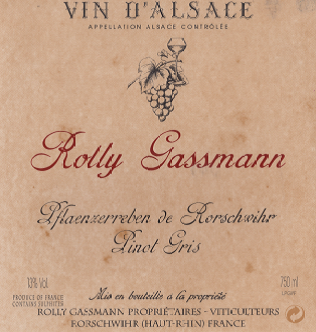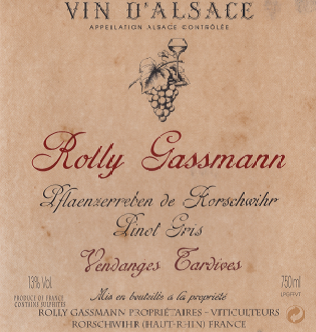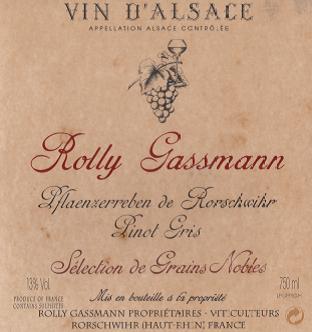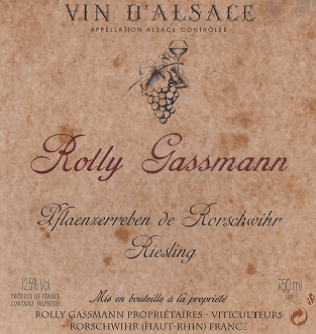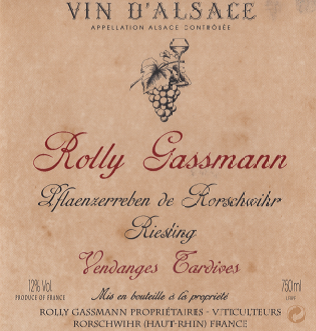WINE INFORMATION
COLOR : White
DISTRIBUTION OF VARIETIES AND / OR BLENDINGS PLANT ON THE TERROIR:Riesling 40%, Pinot Grey 60%, Gewurztraminer 8%
READY TO DRINK: 8 – 35 years old
FOOD AND WINE PAIRING:
RIESLING: fish in sauce, lobster, langoustines, crayfish, sauerkraut with three fish, poultry …
LATE HARVEST RIESLING: armorican lobster, lamprey, seaweed cooking …
ABOUT THE PLACE-DIT
This locality has been highlighted and already claimed by the papacy of Rome. From 1092, the Pope, Clement III, owned vines there. In 1183, the Pope, Lucien III, confirmed a dispute over this land. In 1300, a plan-drawing of this terroir was carried out, following a dispute concerning the Pflaenzerreben of Rorschwihr and the Oberer-Weingarten of Rorschwihr about new taxes to be collected on these lands since the quality of the wines that came from was unanimously recognized by the papacy and the great abbeys. It is interesting to know that the name of this terroir meaning, roughly, “vine plant” was defined as early as 1268. Indeed, each large wine-growing municipality used the term “Pflaenzer” to designate the terroir or the place of mass selections (heritage of the genetic multitude of each grape variety, as opposed to clones). This practice is still still in use among some winegrowers in Rorschwihr. To this day, there are still about three dozen Pflaenzer or, in Latin, “Plantarium”the best known of which were those of Ammerschwihr, Andlau, Balbronn, Beblenheim, Bergbieten, Bergheim, Bergholtz, Dahlenheim, Dambach-la-Ville, Eguisheim, Epfig, Guebwiller, Katzenthal, Kintzheim, Orschwiller, Rorschwihr, Rosheim, Rouheim Scharrachbergheim, Scherwiller, Sennheim, Sigolsheim, Steinbach, Soultzbach, Turckheim, Uffholtz, Wissembourg, Willgotheim, and Wolxheim. In 1348, the Silo de Sélestat marketed Pflaenzerreben wines under this name. Currently, the merits of this terroir are widely recognized for, in particular, the complexity and structure of its wines for aging and more particularly for the Riesling and Pinot Gris. Completely anecdotally, it should be noted that it was already mentioned under the heading “Grand-Cru”Even before the 1975 delimitation (see the 300 harvest declarations of Rorschwihr which mention the 12 localities. It should be noted that Rorschwihr only has 5 workers, 2 of whom do not have vines in the 12 localities of the Municipality, the other winegrowers being either cooperators or vendors of grapes).








